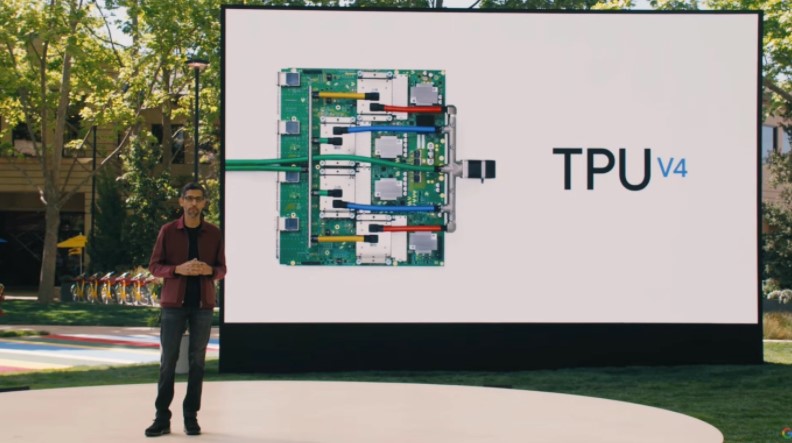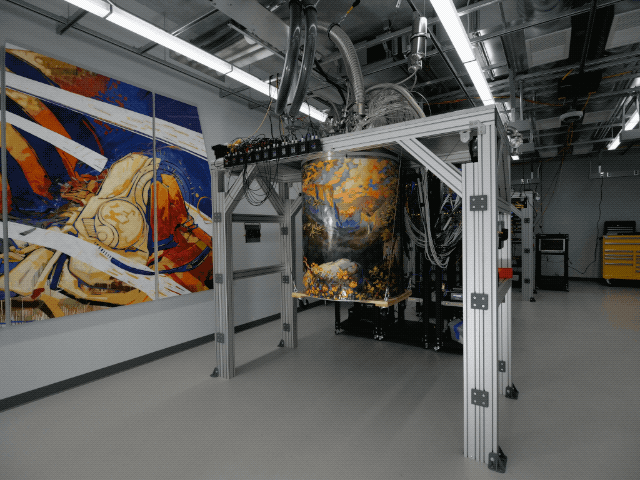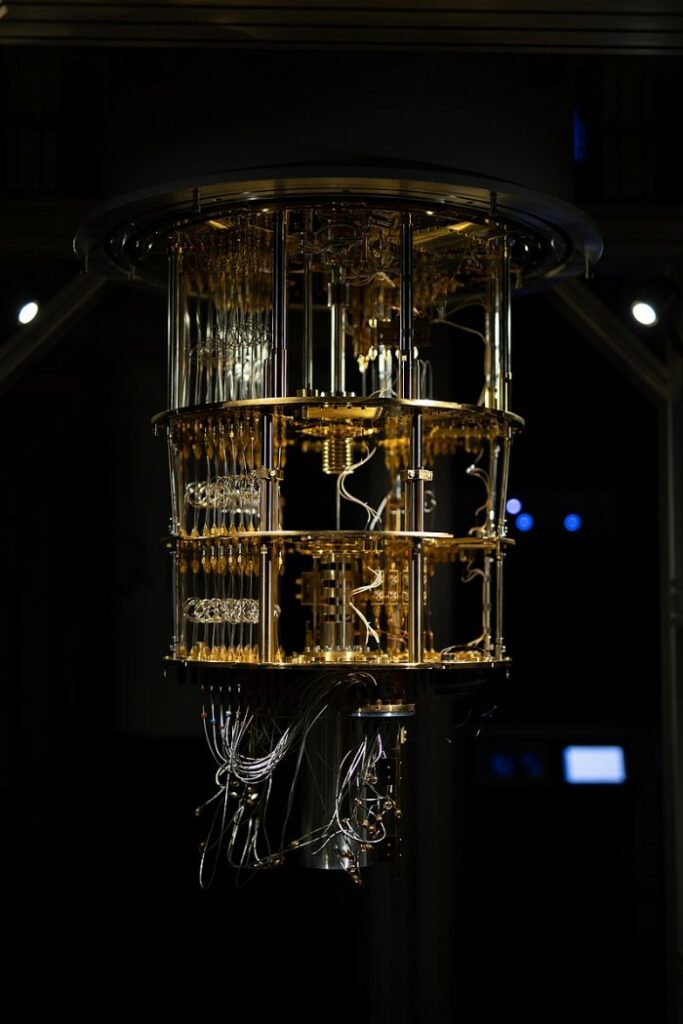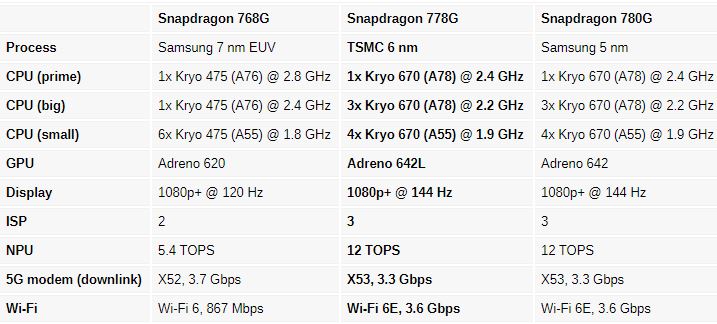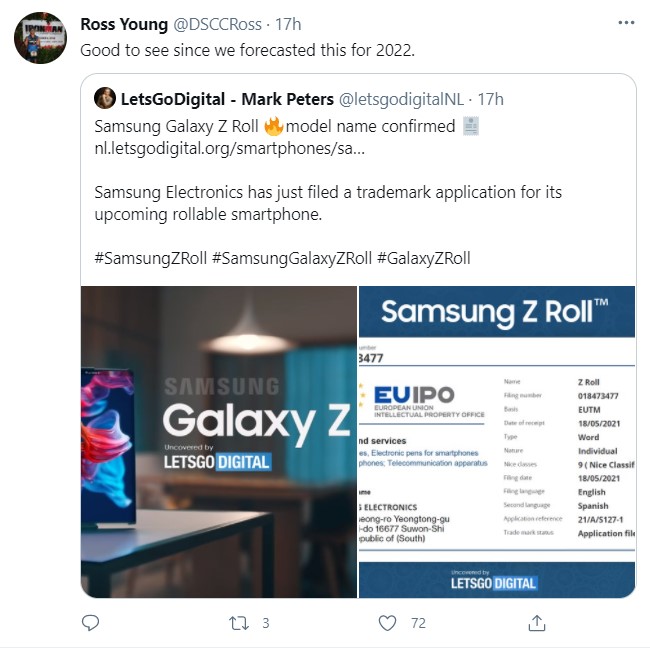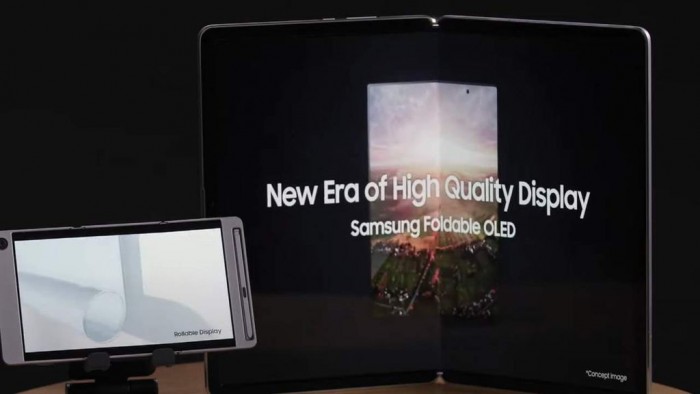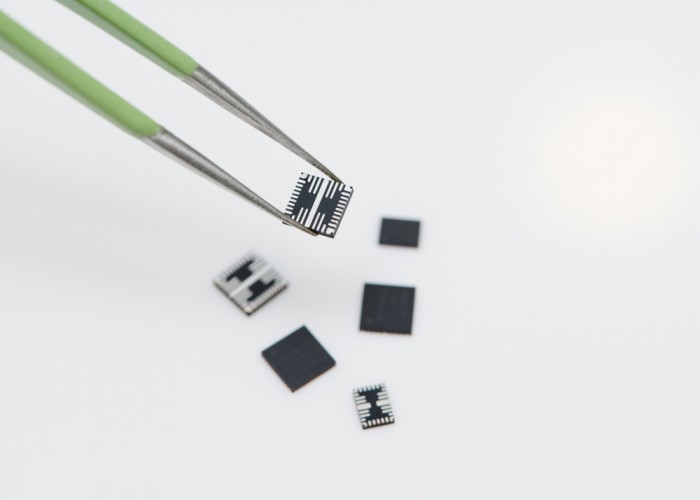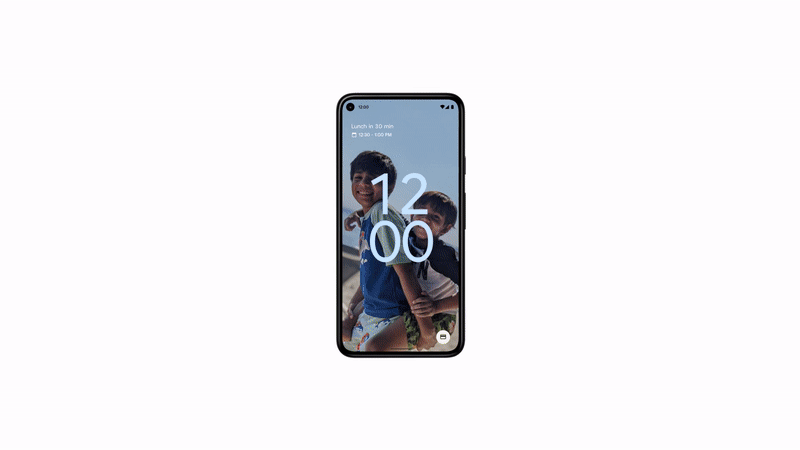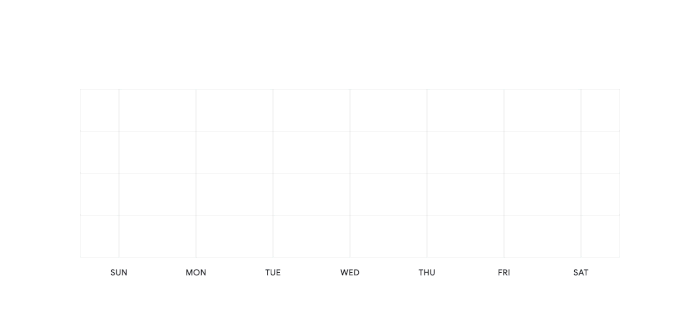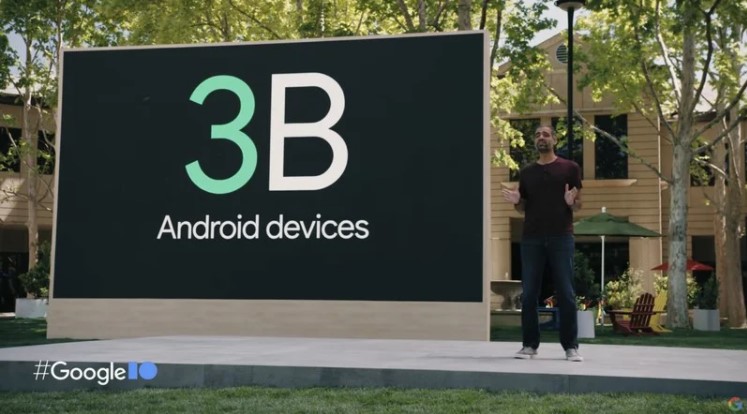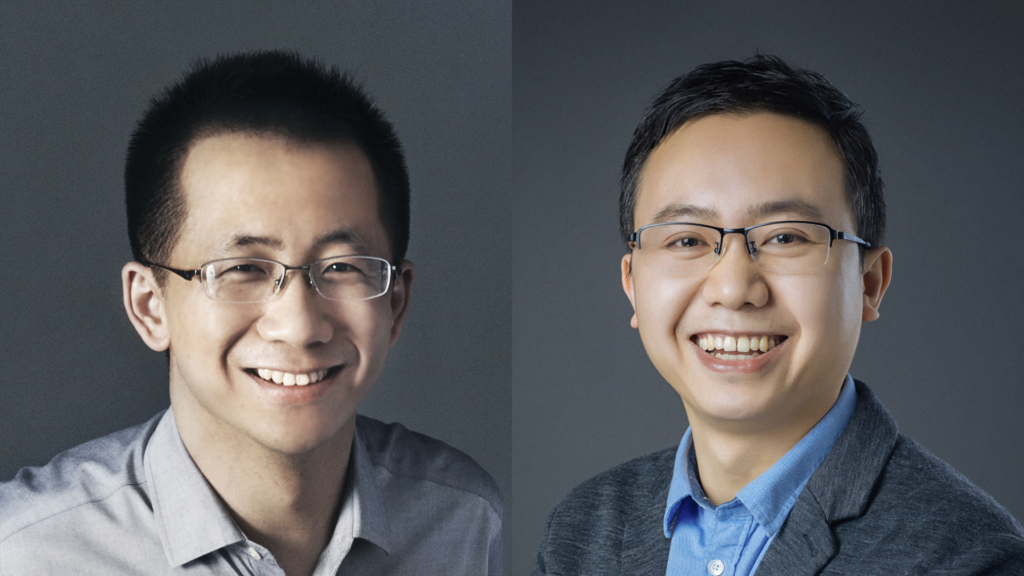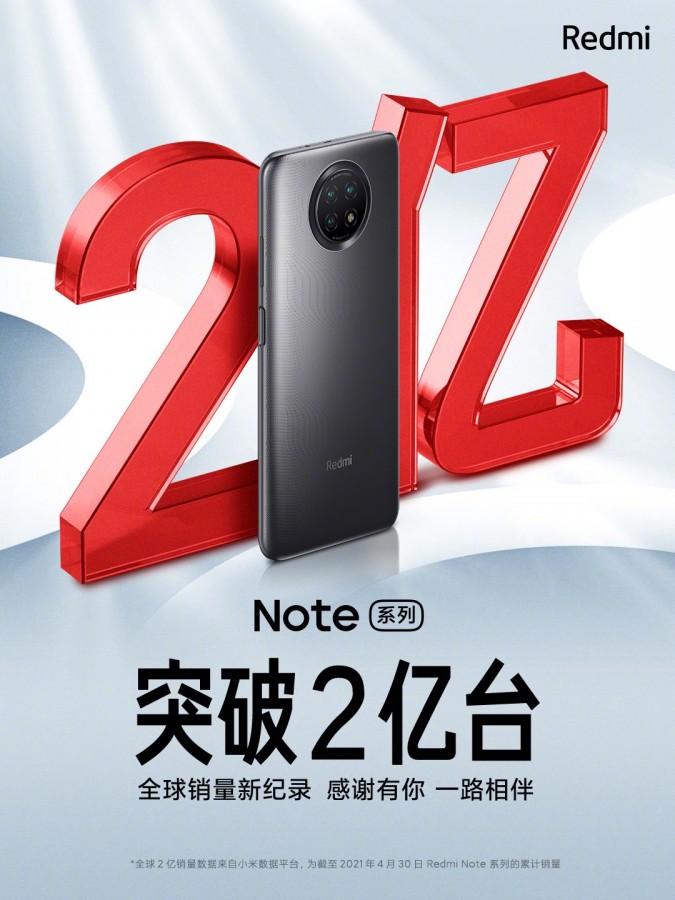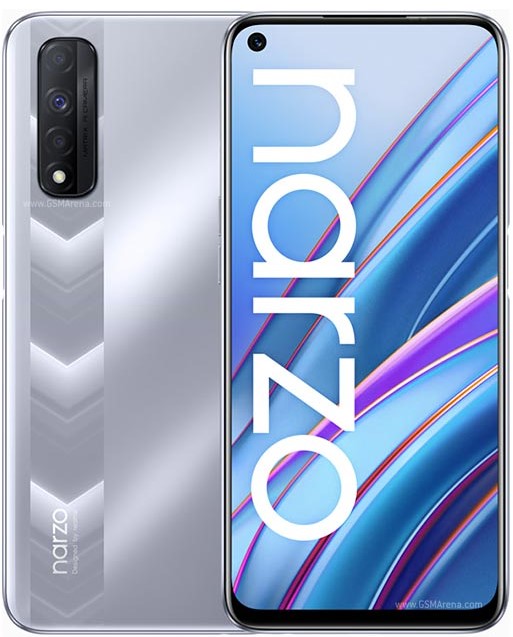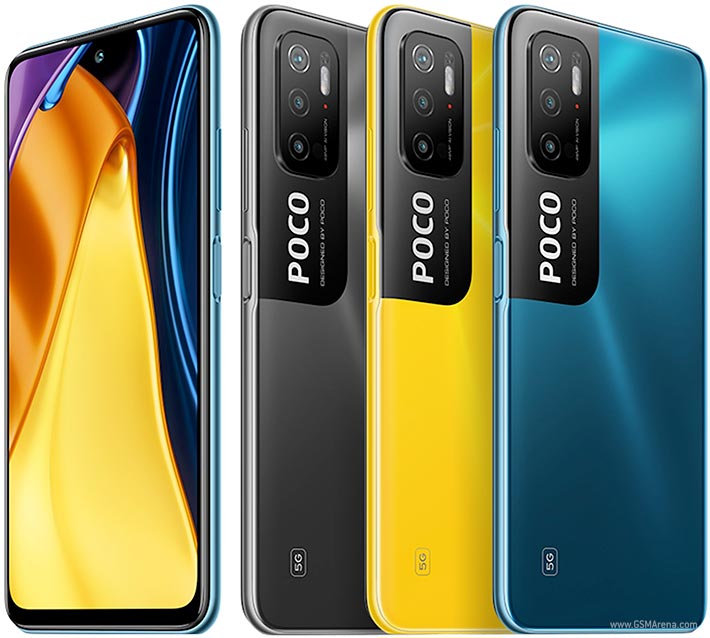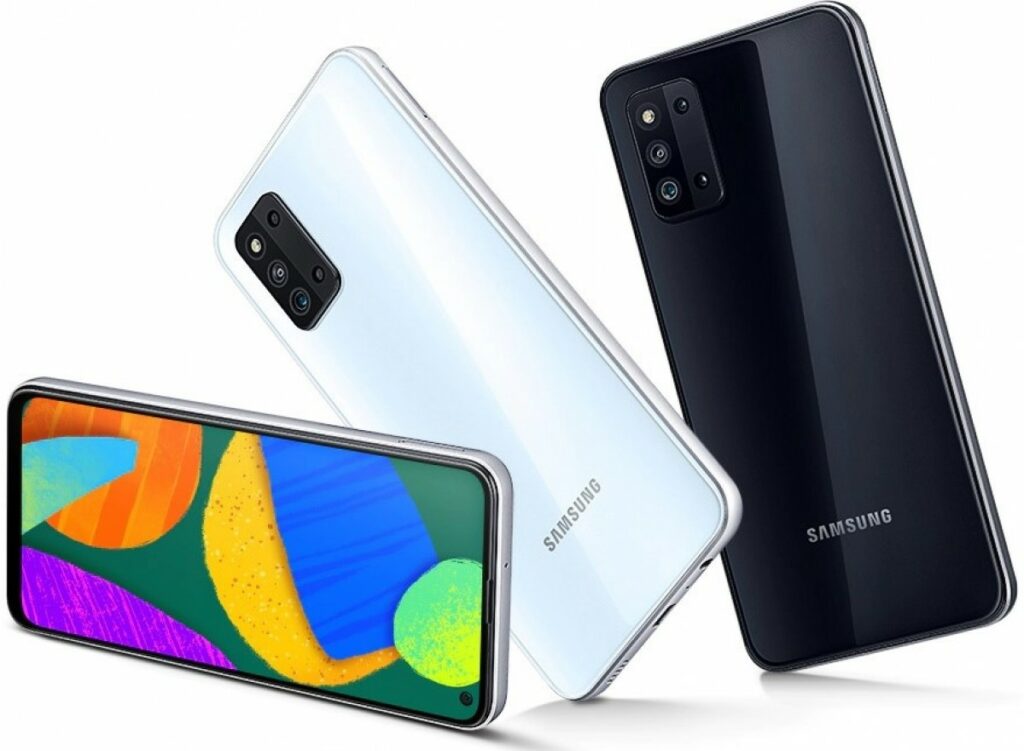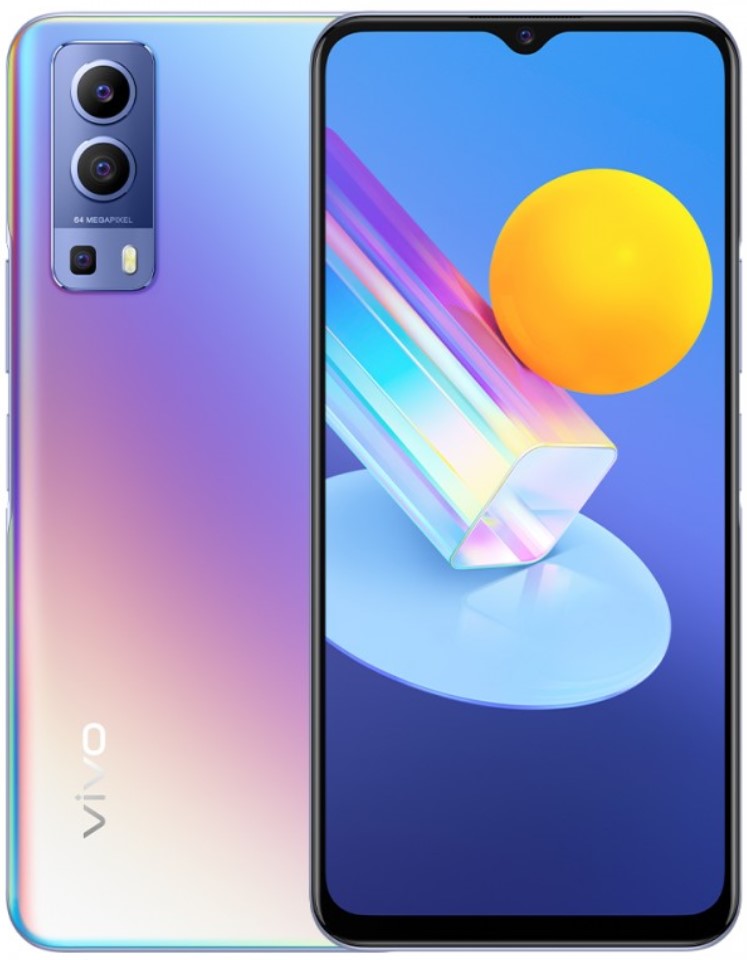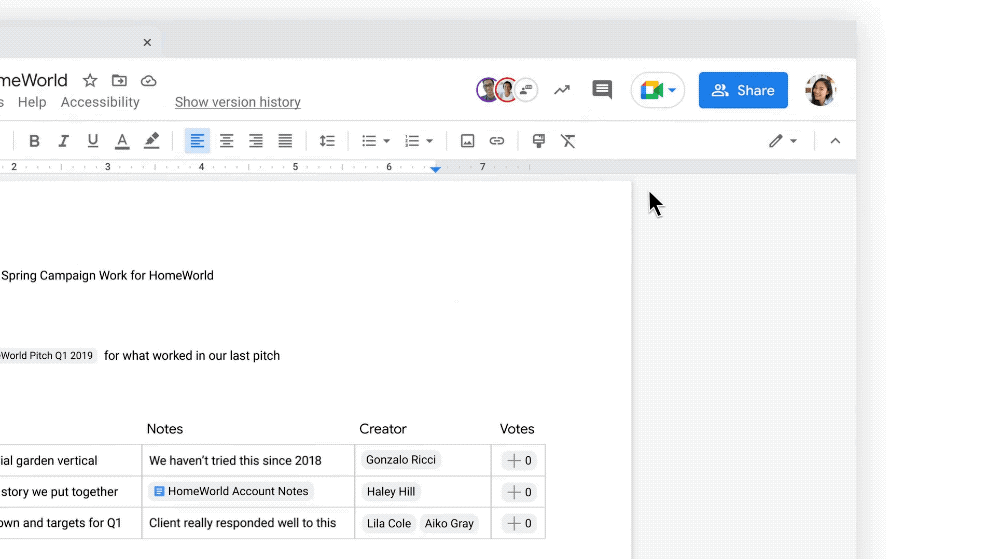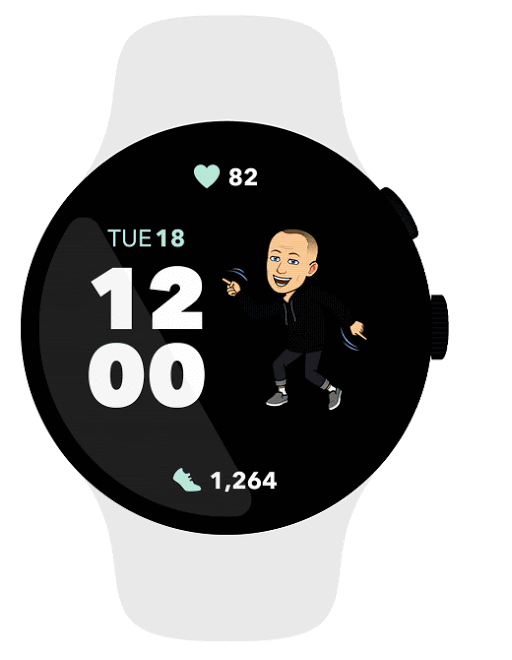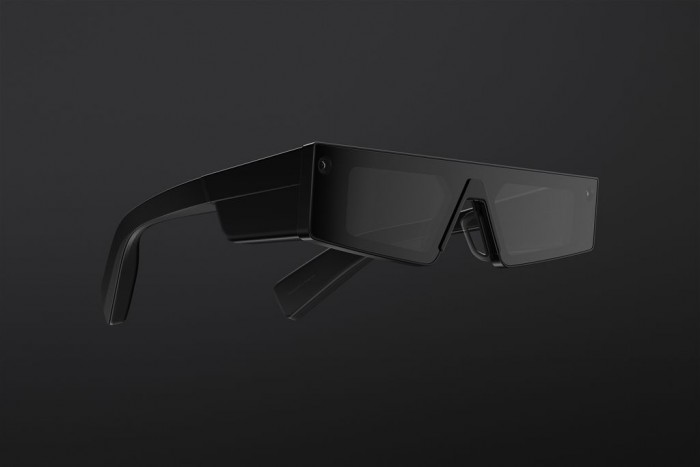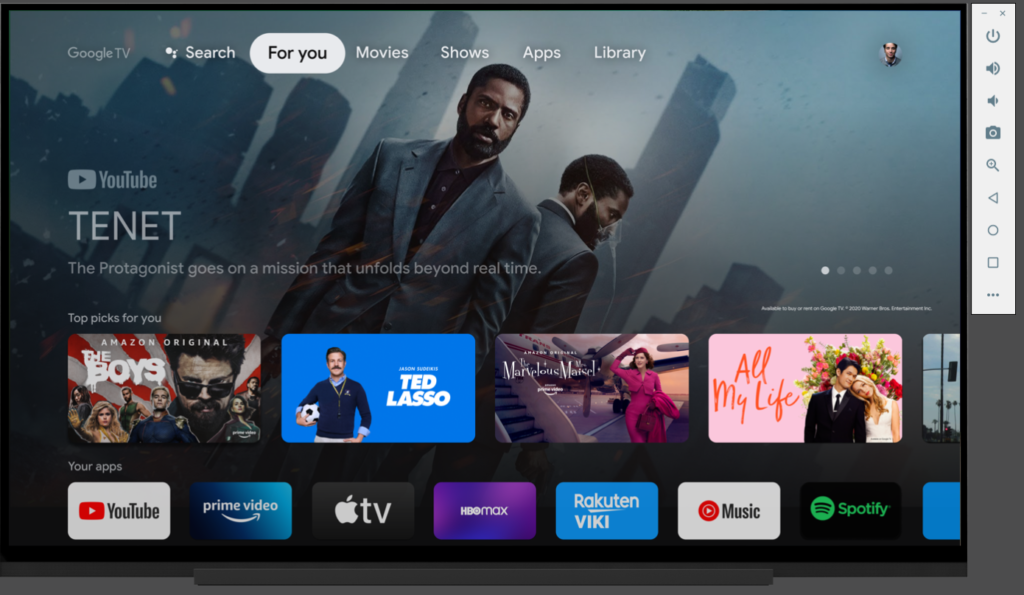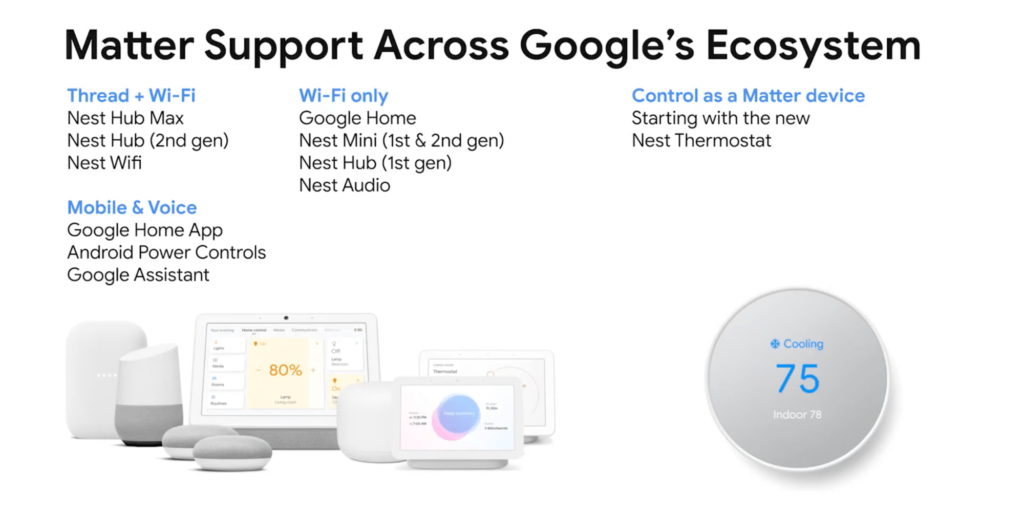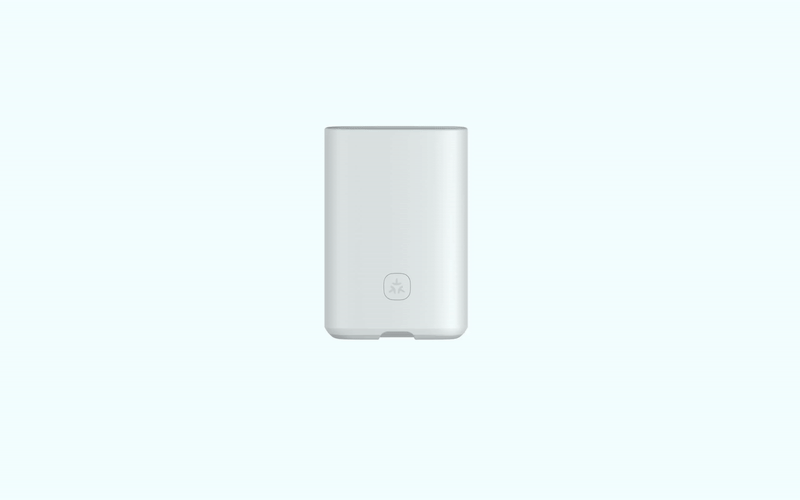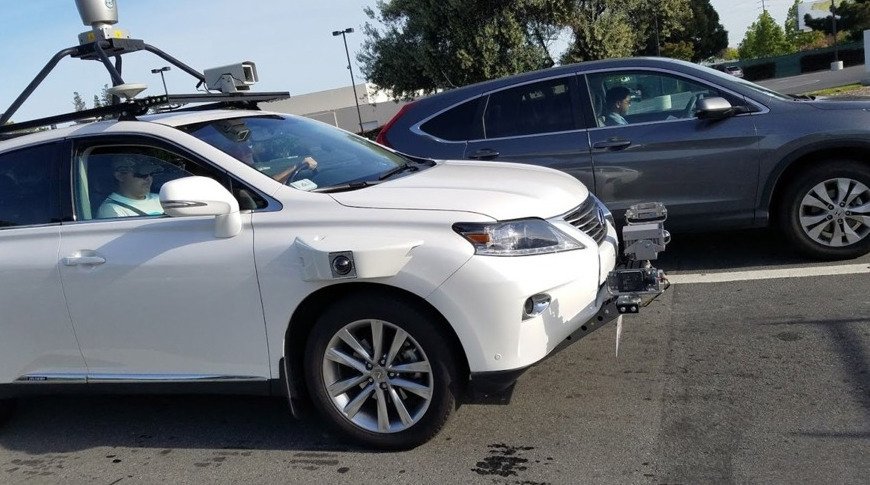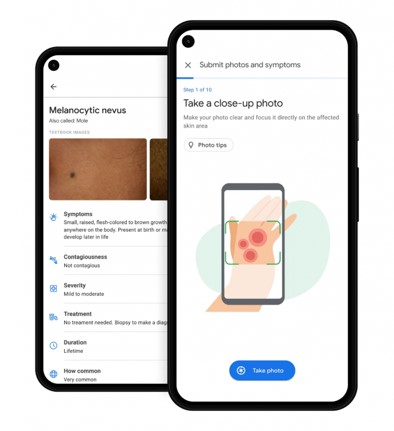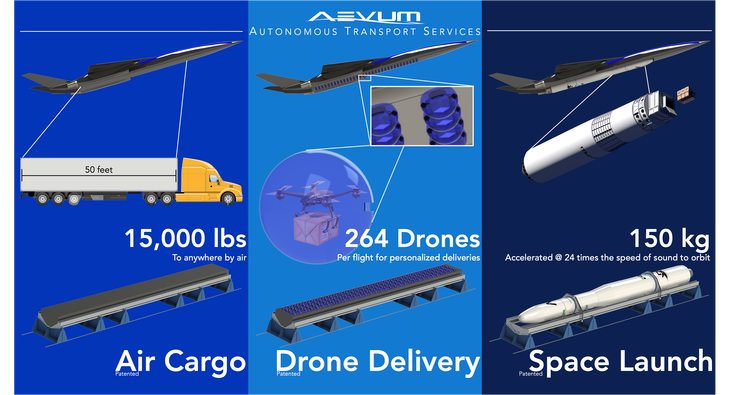
5-21 #Chi : Google has announced Android 12 beta; Google has showcased their next generation AI processing chip; Qualcomm has announced Snapdragon 778; etc.
The worldwide semiconductor shortage will persist through 2021, and is expected to recover to normal levels by 2Q22, according to Gartner. Across most categories, device shortages are expected to be pushed out until 2Q22, while substrate capacity constraints could potentially extend to 4Q22. (CN Beta, Gartner)
Google has showcased their next generation AI processing chip, the Tensor Processing Unit (TPU) v4. TPUv4 chips offers more than double the matrix multiplication TFLOPs of a third-generation TPU (TPUv3), where a single TFLOP is equivalent to 1 trillion floating-point operations per second. TPUv4 clusters — or “pods” — total 4,096 chips interconnected with 10 times the bandwidth of most other networking technologies. (CN Beta, 9to5Google, VentureBeat, Sina)
Alphabet’s Google has revealed that it is on course to build a fully working, commercial-grade quantum computer that can perform large-scale calculations without any errors by the 2029. To deliver on the promise of quantum computing, Google has created its new Quantum AI Campus that houses the company’s first-ever quantum data center, its quantum hardware research laboratories and its quantum processor chip fabrication facilities. (WSJ, Silicon Angle, Google, CN Beta)
Over the next 4 years, the Federal Ministry for Economic Affairs and Energy will be providing a total of EUR878M in funding for the development of quantum technologies and quantum computing, and for related practical applications. The bulk of the funding, EUR740M, will go to the German Aerospace Center (DLR). The science ministry will spend EUR1.1B euros by 2025 to support research and development in quantum computing, which uses the phenomena of quantum mechanics to deliver a leap forward in computation. (CN Beta, Reuters, Federal Ministry for Economic Affairs and Energy, Euro News)
ASML has already sold 70% of its equipment for EUV semiconductor manufacturing to TSMC. ASML’s production of EUV lithography machines is not high. They delivered 26 units in 2019, and increased to 31 units in 2020. The delivery volume in 2 years did not exceed 40 units. (CN Beta, Sam Mobile)
Qualcomm has announced Snapdragon 778 that features Kryo 670 CPU cores, Adreno 642L graphics, a Spectra 570L triple ISP with support for processing 2 gigapixels of data at once from multiple cameras, and Qualcomm’s 6th-gen AI Engine with a Hexagon 770 DSP and support for up to 12TOPs of performance and twice the performance-per-watt of previous-gen chips. It is built on TSMC’s 6nm node. (GSM Arena, Liliputing, CN Beta)
Samsung’s first rollable phone reportedly will launch in 2022. Samsung has applied for the “Z Roll” name with the EUIPO (European Union Intellectual Property Office). (Android Headlines, LetsGoDigital, Gizmo China)
Visionox has unveiled that an upgraded version of the InVsee Pro camera under-display (CuD) solution that can be mass-produced. Based on the “one-drive-multiple” array design, it further increases the pixel density and expands the light transmission channel to balance the display effect and the screen transmittance. upgrade. It is rumored that ZTE’s first phone with the new generation of CuD technology is likely to be the flagship AXON series, which will be launched in 3Q21. (My Drivers, Sina, CN Beta)
Samsung Display has showcased a pair of foldable devices —— a 17” foldable display meant for tablets and / or other industrial technology devices; and a double-folding display meant for a smartphone. (CN Beta, YouTube, SlashGear)
Google has announced that it is working to improve its Pixel cameras to be more inclusive of darker skin colors by making them more color accurate and improve the exposure. It is also working to improve its accuracy for auto white balance and autoexposure algorithms. (GSM Arena, YouTube)
Samsung Electronics has announced the industry’s first integrated power management ICs (PMICs) — S2FPD01, S2FPD02 and S2FPC01, for the fifth-generation double data rate (DDR5) dual in-line memory module (DIMM). One major design improvement to the newest generation DRAM solution involves integrating the PMIC into the memory module. (CN Beta, Samsung, Neowin)
Some first-tier brands, including Xiaomi, OPPO and vivo, are likely to see their smartphone shipments decline in 2Q21 due to shortages of semiconductor components, according to Digitimes Research. Global smartphone shipments enjoyed a 47% on-year growth in 1Q21 thanks to a rebound in consumer demand in the wake of an easing of virus impacts and a lower base recorded a year earlier. Xiaomi and OPPO have recently revised their shipment targets set for 2021 previously due to insufficient supply of parts and components. For all of 2021, global smartphone shipments are likely to reach 1.35B-1.4B units or comparable to the figures achieved in 2019, Digitimes Research estimates. (Digitimes, press, UDN)
Google has announced Android 12 beta that brings system-wide theming, new privacy features, and a visual overhaul to many different elements. Google is calling its latest design language “Material You” to emphasize the focus on the user. Android 12 introduces a new Privacy Dashboard that will give users a more detailed look at app permissions. Android 12 will also include support for a new digital car key feature that will let users with a compatible phone unlock their car. Android 12 Beta is available on a range of devices from smartphone vendors including OnePlus, OPPO, realme, vivo, Xiaomi, etc. (Android Central, Android Authority, Android Central, Digital Trends, Google, CN Beta, Android Authority, Android)
Google has announced its plan to go beyond purchasing renewable power for 100% of our energy usage and operate on 24/7 carbon-free energy by 2030. To achieve this goal will require new transaction structures, advancements in clean energy policy, and innovative new technologies. Google and clean-energy startup Fervo have just signed the world’s first corporate agreement to develop a next-generation geothermal power project, which will provide an “always-on” carbon-free resource that can reduce our hourly reliance on fossil fuels. (CN Beta, Digital Trends, Think Geonergy, Benzinga)
Google has announced that there are as many as 3B active Android devices in the world. Google added over 500M active Android devices since its last developer’s conference in 2019 and 1B devices since 2017. (Android Central, The Verge, 9to5Google, TechCrunch)
Apple suppliers Foxconn and Luxshare have been forced to shut down their factories in northern Vietnam, following a coronavirus increase in the region. The companies are now reportedly beginning to suspend operations to comply. (Apple Insider, Bloomberg, Sina, IT Home)
Founder of TikTok and CEO at ByteDance Zhang Yiming has announced in a memo to employees he is stepping down from his role, admitting he lacks “some of the skills that make an ideal manager”. (CN Beta, GSM Arena, ByteDance, Reuters)
Xiaomi has announced that its Redmi has sold more than 200M Redmi Note phones across the world. In particular, its Redmi Note 9 series has achieved 45.2M units worldwide. (GizChina, MySmartPrice, GSM Arena)
realme Narzo 30 is announced in Malaysia – 6.5” 1080×2400 FHD+ HiD IPS LCD 90Hz, MediaTek Helio G95, rear tri 48MP-2MP macro-2MP depth + front 16MP, 6+128GB, Android 11.0, side fingerprint, 5000mAh 30W, MYR799 (USD195). (GSM Arena, Facebook, realme)
Honor Play5 5G is unveiled in China – 6.53” 1080×2400 FHD+ u-notch OLED, MediaTek Dimensity 800U 5G, rear quad 64MP-8MP ultrawide-2MP macro-2MP depth + front 16MP, 8+128 / 8+256GB, Android 11.0, fingerprint on display, 3800mAh 66W, CNY2,099 (USD326) / CNY2,299 (USD358). (GSM Arena, CN Beta, Honor)
POCO M3 Pro 5G is unveiled in Europe – 6.5” 1800×2400 FHD+ HiD IPS LCD 90Hz, MediaTek Dimensity 700 5G, rear tri 48MP-2MP macro-2MP depth + front 8MP, 4+64 / 6+128GB, Android 11.0, side fingerprint, 5000mAh 18W, EUR180 / EUR200. (GSM Arena, Android Authority, Gizmo China)
Samsung Galaxy F52 5G is announced in China – 6.6” 1080×2408 FHD+ HiD TFT 120Hz, Qualcomm Snapdragon 750G 5G, rear quad 64MP-8MP ultrawide-2MP macro-2MP depth + front 16MP, 8+128GB, Android 11.0, side fingerprint, 4500mAh 25W, CNY1,999 (USD310). (Android Authority, GSM Arena, Samsung)
vivo Y52 5G is launched in Europe – 6.58” 1080×2408 FHD+ v-notch IPS LCD, MediaTek Dimensity 700 5G, rear tri 48MP-2MP macro-2MP depth + front 8MP, 4+128GB, Android 11.0, side fingerprint, 5000mAh 18W, ER299. (Gizmo China, NDTV, MySmartPrice, GizChina, GSM Arena)
Google has introduced Smart Canvas, a new collaboration tool in the Google Workspace. that brings Docs, Sheets and Slides together more efficiently. Rolling out through the rest of the year 3032, Smart Canvas aims to make it easier to stay connected, focused and better use user’s time. Smart Canvas will enhance apps like Docs, Sheets and Slides with new features like smart chips, templates and checklists for a more seamless experience. (CN Beta, Digital Trends, Google, CNET)
Google and Samsung have announced that they are essentially combining Wear OS, Google’s operating system, and the Tizen-based software platform, which has been foundational to Samsung’s wearables for many years. The resulting platform is currently being referred to simply as “Wear”. Android Authority, Liliputing, CN Beta, Google)
Snap has unveiled its latest generation of Spectacles dubbed SPS 2021, which are aimed at developers who have to apply for a pair. The new Spectacles will feature 3D waveguide displays, 2,000 nits of brightness, and support for Snapchat’s AR Lenses. They pack two RGB cameras and four microphones, as well. The battery only lasts about 30 minutes. (Apple Insider, Neowin, Snap)
Google has said its Android TV OS now reaches over 80M monthly active devices, including through its new experience Google TV for Chromecast, as well as other platforms like smart TVs. Google’s milestone may seem to put Android TV OS is ahead of rivals like Roku and Amazon Fire TV, with 53.6M and 50+M monthly active accounts, respectively. However, these are different measurements. (CN Beta, 9to5Google, TechCrunch)
Google officially announced that both Android and Google Nest devices will be supporting Matter, which is a new universal smart home standard. Google says that Android will be one of the main operating systems with built-in support for this technology, allowing users to “quickly set up devices with Google and link your favorite Android apps”. (Android Central, 9to5Google, Google, XDA-Developers, The Verge)
Project Connected Home over IP (CHIP) is rebranded to Matter. The announcement comes as the Zigbee Alliance, which consists of companies like Amazon, Google, and Apple, also rebrands itself to the Connectivity Standards Alliance (CSA). The goal is to create a unified IoT standard that will allow smart home devices to work on any ecosystem. (Android Central, Business Wire)
Apple has reportedly increased the number of self-driving cars it is testing on California roads, but has halved the number of drivers licensed to operate them. According to California Department of Motor Vehicles, Apple currently has 68 self-driving test vehicles on the road. This marks the first increase in Apple’s fleet since Aug 2019. (Apple Insider, Mac Reports)
Google’s latest foray into health care is a web tool that uses artificial intelligence to help people identify skin, hair, or nail conditions. People can use their phone’s camera to take 3 pictures of the problem area — for example, a rash on their arm. They will then answer a series of questions about their skin type and other symptoms. The tool then gives a list of possible conditions from a set of 288 that it is trained to recognize. (CN Beta, The Verge, FT, Google)
Space launch startup Aevum has revealed that its Ravn X unmanned aircraft will be used to both deliver cargo and launch rockets, pending approval from the Federal Aviation Administration (FDA). The Alabama-based company has received a patent for an “adaptive autonomous aircraft system with modular payload systems”, a technology that would allow Ravn X to be converted from a space launcher to a cargo delivery aircraft and vice versa. (CN Beta, TechCrunch, Space News, Business Wire)
Google has introduced Project Starline that makes two-way communication immersive and realistic. The display in front of each recipient uses a “breakthrough light field display system that creates a sense of volume and depth that can be experienced without the need for additional glasses or headsets. The effect is the feeling of a person sitting just across from you, like they are right there”. (CN Beta, GSM Arena, Google)
Google has been working on a new language model called LaMDA that is much better at following conversations in a natural way, rather than as a series of badly formed search queries. LaMDA is meant to be able to converse normally about almost anything without any kind of prior training. The advance here is basically preventing the AI system from being led off track and losing the thread when attempting to respond to a series of loosely associated questions. (Android Authority, Google, The Verge, TechCrunch, CN Beta)

